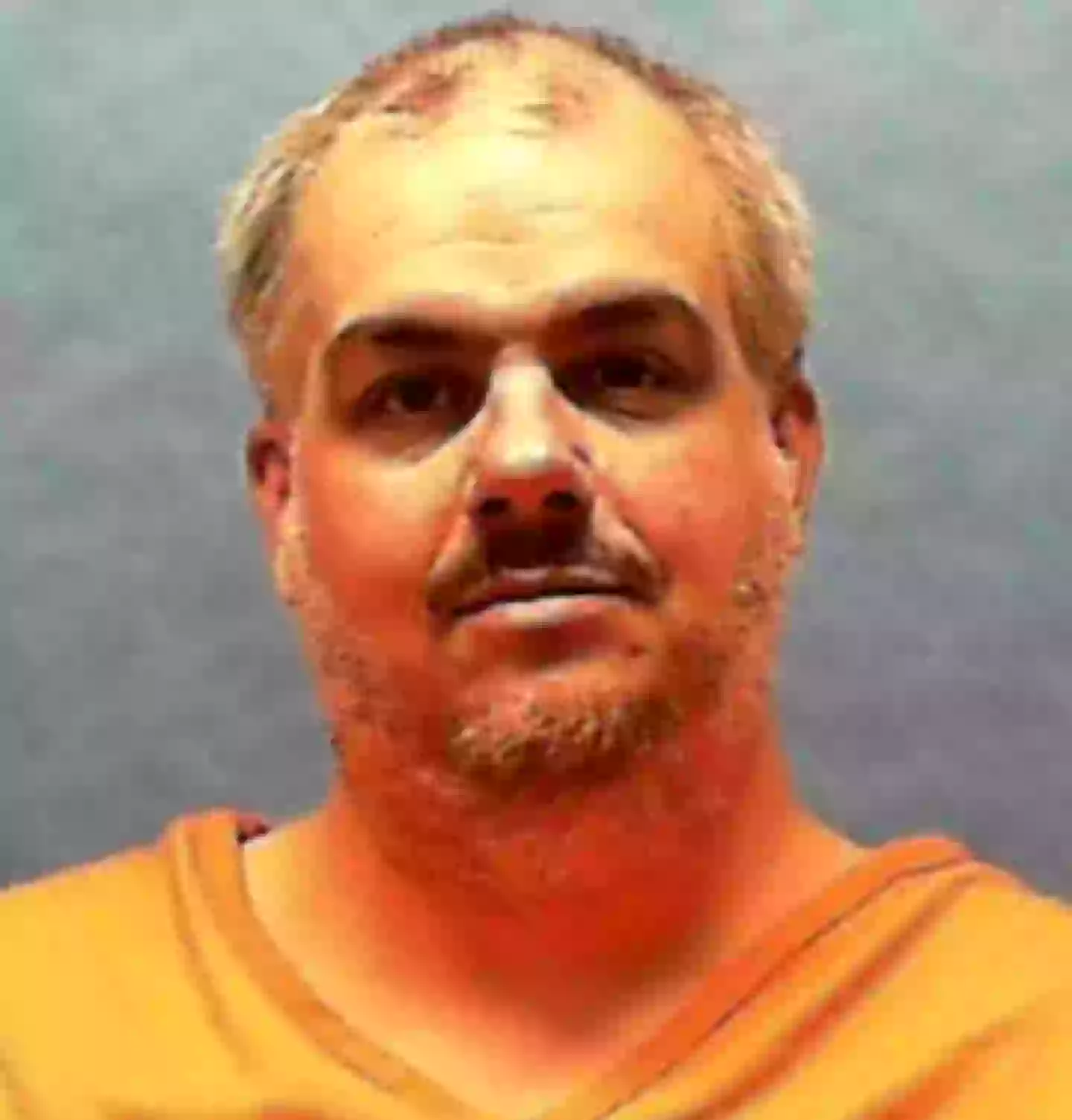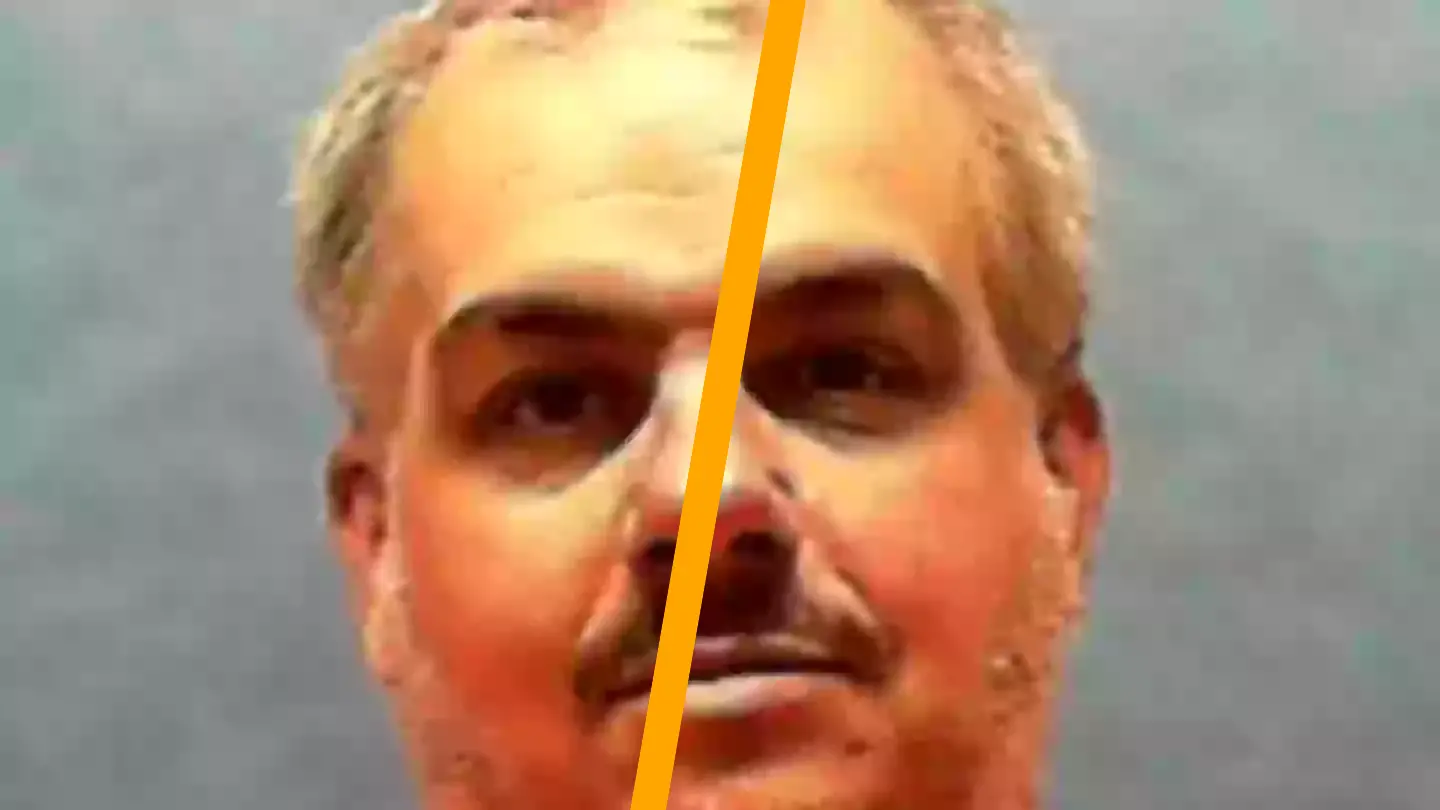Michael Tanzi, a death row inmate, was executed nearly 25 years after committing a brutal murder of a Miami Herald employee in South Florida.
On April 8, at 6.12pm ET, Tanzi was declared dead by lethal injection, despite his defense team arguing that his ‘morbid obesity’ and sciatica could cause ‘needless suffering’ during the execution.
The Supreme Court dismissed this argument, and the 48-year-old was executed for the slaying of Janet Acosta, a 49-year-old production worker, whom he killed on April 25, 2000, after forcing his way into her van while she was having lunch.
Prior to his execution, Tanzi was offered a last meal, choosing a fried pork chop, bacon, corn, a baked potato, ice cream, a candy bar, and a soda.
Although his execution took place at Florida State Prison, located less than an hour southwest of Jacksonville, Tanzi had also confessed to killing Caroline Holder, a mother of two, in Brockton, Massachusetts.
Holder was murdered on August 11, 1999, but Tanzi was never charged for her death. His last words, resonating with those of many on death row, reflected on his remorse.

Tanzi pleaded guilty to charges of first-degree murder, carjacking, kidnapping, and armed robbery following Acosta’s murder.
“I want to apologise to the family of Janet Acosta and Caroline Holder for taking their lives,” Tanzi said before the lethal injection was administered.
“Heavenly Father, please do not blame those who do not know what they’re doing.”
Acosta was having lunch in her van near the Japanese Rock Gardens in Miami when Tanzi entered, tied her up, and threatened her life.
Prosecutors stated that Tanzi then drove Acosta to Florida City, where he assaulted her and threatened to ‘slice her neck’.
He continued towards Key West, stopping to withdraw money with Acosta’s card. About four hours into the ordeal, he strangled Acosta and hid her body.

Tanzi was apprehended days later when police caught him returning to Acosta’s car, which had been under surveillance after she was reported missing by friends and family.
In the days leading to his execution, Tanzi’s lawyers attempted to halt the process, citing his obesity—he weighed 383 pounds at a height of 6ft 3—and severe sciatic nerve pain as reasons for potential ‘torture’ during the establishment of intravenous sites.
Nevertheless, the Supreme Court denied the request, noting that his health issues had been documented since 2009, making the appeal untimely.

